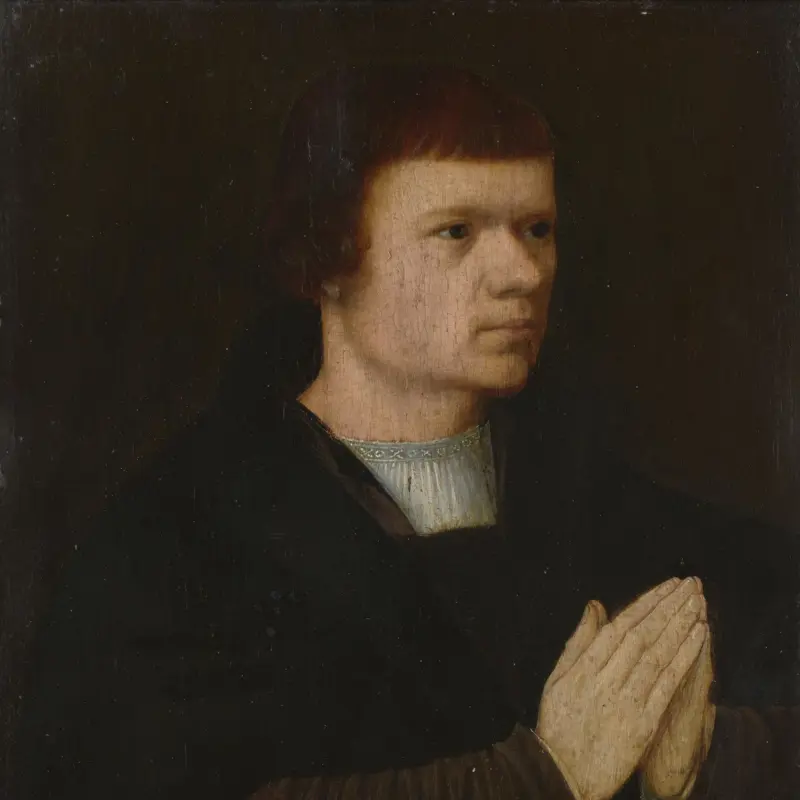Banker.
James Hughes Anderdon
This person is the subject of ongoing research. We have started by researching their relationship to the enslavement of people.
Biographical notes
Slavery connections
Anderdon was a partner in Bosanquet Anderdon bank (from which he retired in 1843); he is associated with three compensation claims from Nevis.
According to Kingsley, ‘The family firm of Manning & Anderdon were involved in the West Indies trade, and several members of the family had estates in Antigua and elsewhere on which slaves were kept until abolition. John Proctor Anderdon (1760–1846) [family member] was one of those compensated at the time of abolition, and with a rather grim irony he chose shackle bolts as the heraldic device for his coat of arms’. (Nicholas Kingsley, ‘(126) Anderdon of Henlade House’, Landed Families of Britain and Ireland [online], n.d.,<https://landedfamilies.blogspot.com/2014/06/126-anderdon-of-henlade-house.html> accessed 5 May 2021.) N.b., having a coat of arms was a point of pride; it was most likely a deliberate choice by some slave-owning families whose identity, wealth and prosperity were closely tied to their plantation holdings to include such iconography on their coat of arms.
Regarding the claim relating to Clifton Estate, Nevis, Small and Eickelmann write: ‘While the claim was made by Samuel Laurence’s surviving executors, there were several counterclaims. The most serious came from Samuel Bosanquet, James Hughes Anderdon and others of the bankers Bosanquet Anderdon of Lombard Street. Their claim is an illustration of the state of plantation finances at this time and shows that the money tended to go to the merchants and bankers rather than planters. The reality was that the enslaved workers got nothing. According to the papers, Laurence bought Morton’s Bay in July 1817, using sums drawn on Butler Thompson Claxton subject to a mortgage. In August 1820 Claxton transferred this mortgage to Bosanquet Anderdon’. (David Small and Christine Eickelmann, Clifton Estate, Nevis: An Account of Absence and Ambition [online], October 2016, <https://seis.bristol.ac.uk/~emceee/cliftonhistory.pdf> accessed 5 May 2021, 33.)
Abolition connections
No known connections with abolition.
National Gallery painting connections
Donor: presented in 1853: NG229 (now at Tate, N00229).
Former owner: NG purchased at his posthumous sale in 1879: NG1063–1073, of which NG1064–1073 are now at Tate (N01064–01073).
Bibliography
History of Parliament Trust (ed.), The History of Parliament: British Political, Social & Local History, London 1964-, https://www.historyofparliamentonline.org/
Checked and not found
—
Item on publisher's website
C. Matthew et al. (eds), Oxford Dictionary of National Biography, Oxford 1992-, https://www.oxforddnb.com/
Checked and not found
—
Item on publisher's website
J. Turner et al. (eds), Grove Art Online, Oxford 1998-, https://www.oxfordartonline.com/groveart/
Checked and not found
—
Item on publisher's website
UCL Department of History, 'James Hughes Anderdon', in UCL Department of History (ed.), Legacies of British Slave-ownership, London 2020, https://www.ucl.ac.uk/lbs/person/view/43883
Checked and found
—
Item on publisher's website

